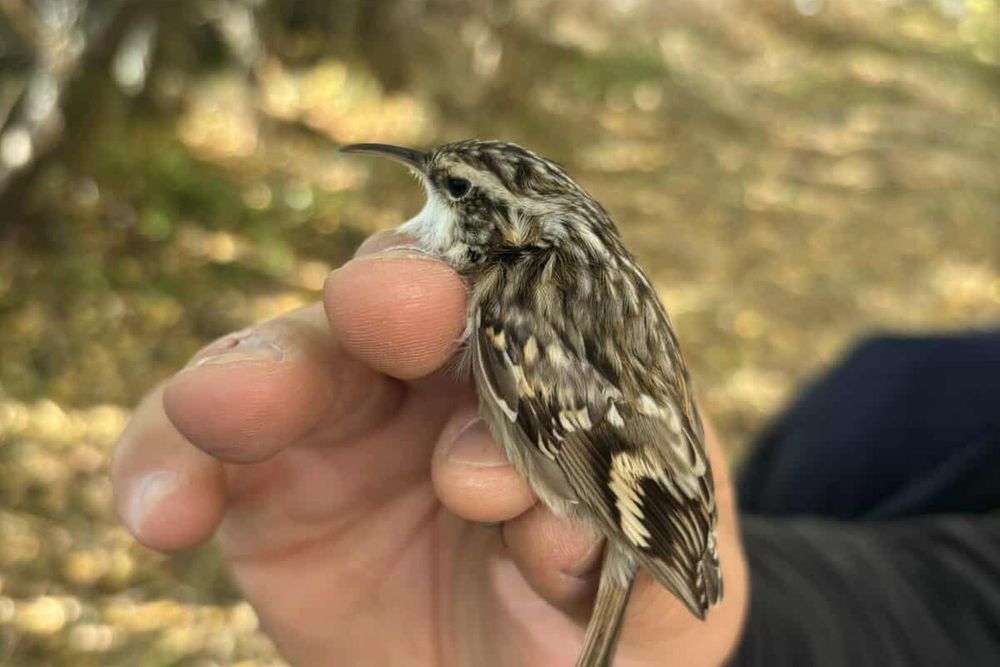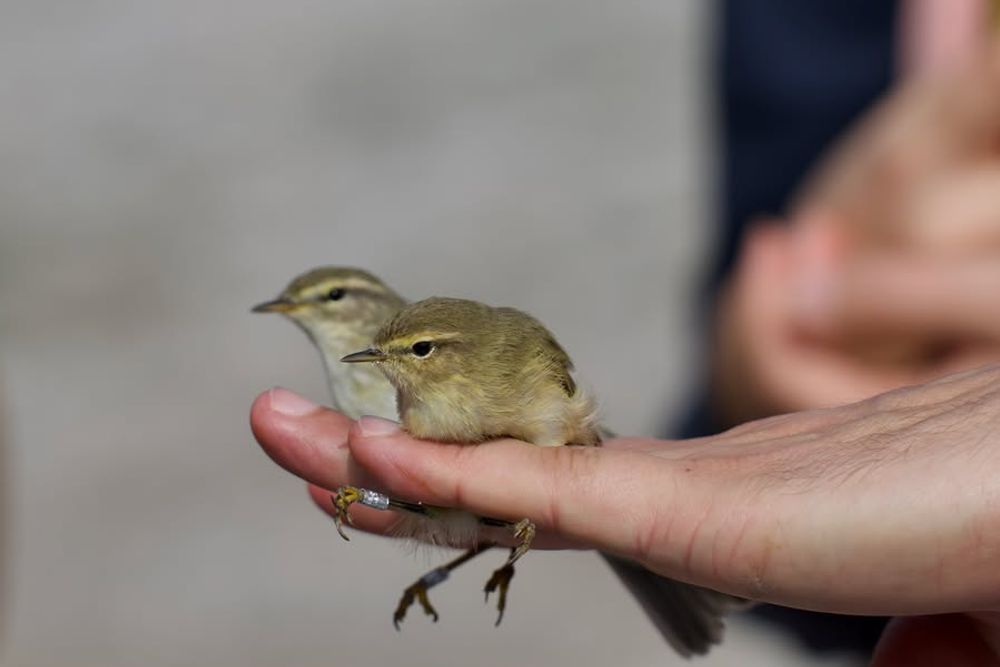For the fourth consecutive year, the BALKANI Wildlife Society, in partnership with the Bulgarian Ornithological Centre – Institute of Biodiversity and Ecosystem Research at the Bulgarian Academy of Sciences, and WWF Bulgaria, organised a bird ringing camp at the Dragoman Marsh. The initiative is part of the WaterLANDS project under the EU Horizon 2020 program, supporting the study and restoration of wetland ecosystems.
2025 Results
This year’s camp took place from September 13th to October 12th 2025, bringing together licensed ringers, volunteers, and nature enthusiasts. With more rainy days than last year, the group ringed a total of 789 birds of 43 species. The top 3 captured species were:
- Willow Warbler (Phylloscopus trochilus) – 178 individuals
- Eurasian Blackcap (Sylvia atricapilla) – 99 individuals
- Great Tit (Parus major) – 71 individuals
Among the more rarely captured species for Dragoman Marsh this year was the Short-toed Treecreeper (Certhia brachydactyla), a welcome and not so usual record for the area. Learn more about the results from 2024, 2023, and 2022.




A Major Milestone
One of the most remarkable news from this year’s camp was the recapture of a Common Reed Warbler (Acrocephalus scirpaceus) that had been ringed at Dragoman Marsh in 2023 and was found this autumn at Agamon Lake, Hula Valley, Israel – more than 1,200 km away.
This is a major success for the team, as fewer than 4,500 birds have been ringed at Dragoman since 2021. The finding provides valuable data about the long-distance migration routes of birds that use the Dragoman Marsh as a stopover site.
Why Bird Ringing Matters
Bird ringing is a scientific method for studying bird migration and population trends. The results from 2025 once again confirm the importance of Dragoman Marsh as a key wetland habitat – providing food, shelter, and resting areas for migrating birds, as well as suitable conditions for breeding and wintering.
Education and Community Engagement
Beyond its scientific purpose, the ringing camp has an important educational function. Visitors – including local residents and families – had the opportunity to observe birds up close and learn more about their migration and the significance of wetland ecosystems.



